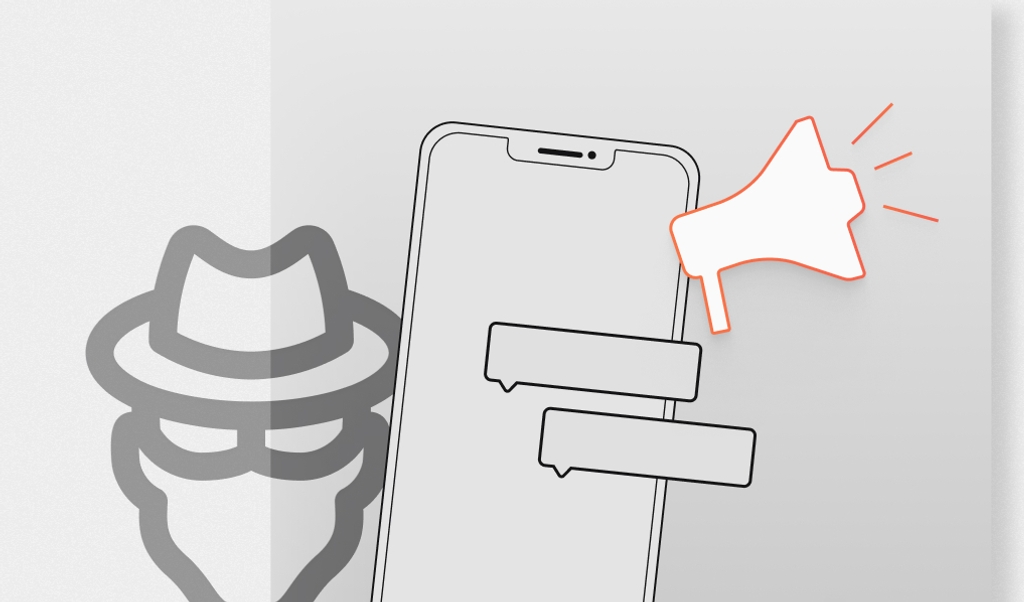
Summarize this article with
Author’s Note: Coupon glittering typically refers to the exploitation of glitches associated with coupons used at brick-and-mortar stores. However, online retailers should take note of the techniques used by online glittering communities. Online fraudsters can similarly take advantage of loopholes in discount and promo codes offered and share exploits within these online forums.
Fingerprint helps e-commerce sites catch suspicious user behavior by uniquely identifying your website’s visitors. Learn more about how we protect e-commerce sites.
Introduction
Coupons are an effective revenue tool for retailers all over the world. By discounting products through coupons, businesses can encourage customer loyalty and provide a positive customer experience that saves people money.
However, coupons have an uglier side, as bad actors can exploit them. Moreover, as customers have grown savvier in using coupons, they have started to uncover illegitimate means of making money from them.
Research has shown that coupon fraud costs retailers more than $100 million annually. Unfortunately, it’s a type of payment fraud that some business owners may not know much about, as it can be hard to catch. Coupon glittering is just one of many methods fraudsters can employ to exploit coupons offered by a business.
What is coupon glittering?
Coupon glittering is when users exploit an error in coupon creation to purchase items at a discount. Glittering is another word for glitching and occurs with incorrectly created coupons.
For example, a retailer issues a coupon for $100 off an outdoor furniture set. However, an error in the coupon’s creation failed to prevent it from being used on other items. Coupon glittering occurs when a customer uses the coupon to purchase a $100 deck chair and pays nothing for it.
Coupon glittering can be accidental, or it can be deliberate. There are even online communities of shoppers who spread information about these exploited coupons.
More commonly used at brick-and-mortar stores, coupon glittering can also occur online. Online retailers should be aware of the methods used by coupon glittering communities to protect any online discount codes they may offer.
What are the different types of coupon glittering techniques?
1. Copying coupons
Customers occasionally attempt to make copies of coupons to cash in on a particularly great deal. However, it becomes a much bigger problem when they make copies of coupons that they know have glitches.
For example, a customer may be alerted that an issued coupon is valid on other products. Instead of just using the coupon once for a purchase, they make multiple copies of the original voucher and attempt to use them for various products.
Most brick-and-mortar retailers don’t accept copies of coupons, but some do. So it’s essential to ensure you’re only honoring the original version.
2. Trading, buying, or selling coupons
It’s not unusual for family members or friends to give coupons to each other, especially when they know someone interested in purchasing the item promoted. These trades are generally acceptable, and businesses have few options to prevent this.
However, it becomes coupon fraud when people knowingly buy, sell, or trade coupons to utilize in a glittering scam. As a retailer, it can be hard to tell if a customer has purchased or obtained a coupon in non-acceptable ways.
3. Decoding coupons
Decoding coupons refers to the barcode number associated with a specific paper or printable coupon. It is unique to the particular barcode and signifies the amount of the discount it contains and the applicable products.
Some people with a genuine interest in coupons can decode coupons to understand their discounts or promotion. Still, this technique is commonly used to identify easily exploited ones. The average consumer wouldn’t know the difference between a coupon possibly able to be used in a glittering scam and one that isn’t. A fraudster can decode coupons in advance to identify which ones have glitches.
4. Coupon modification
A customer who can decode coupons can not only identify ones with glitches but can also use that knowledge to modify otherwise secure coupons.
By understanding coupon codes and what different codes allow coupons to do, they can essentially create fake coupons out of legitimate ones.
For example, a specific section of the coupon barcode represents the promoted item. Say that is represented by the code number 33. However, a fraudster may realize the number can change to 88 and will allow the coupon to be used on another item.
How does coupon glittering harm businesses?
Glitter couponing essentially allows fraudsters to steal from an unsuspecting business.
Taking the outdoor furniture example from before, a retailer can afford to offer $100 off that outdoor furniture set because it’s only a fraction of the furniture’s price. Let’s say it’s worth $1,000, meaning the coupon represents a 10% discount. However, someone in a glittering coupon scam uses that coupon on the $100 deck chair. That’s 100% of the price of that item. So they would get that deck chair for free.
You would never issue a voucher that allows a customer to get anything for free. But unfortunately, that is what can happen if a fraudster manages to “glitter” your coupons.
How can businesses protect themselves from coupon glittering?
1. Check the source of coupons used.
Coupon fraudsters are more than capable of making fake coupons. They use the layout of your recent coupons to replicate them, then recode them for new products and discounts.
Remember, your business is the only legitimate source of your coupons. That means you know better than anyone the limitations of each coupon. Ensure there is employee training to recognize fake coupons. Also, employees should have access to a list of currently active coupons to cross-check when a customer attempts to redeem something unfamiliar.
2. Always check the expiration date of coupons.
If a customer presents a coupon that’s out of date, there’s every chance it’s an accident. Sometimes expiry dates aren’t precise, or they may not even realize your coupon has expired.
However, they may try their luck because they know the coupon glitches. Unfortunately, it’s effortless to hide a scam behind a claim of not knowing, and it’s hard to prove if you think it may have been deliberate.
However, you can reduce mistakes by making it a standard operating procedure for staff to check the expiration date of all coupons they accept. Expiry dates are a normal part of coupon use, and you should only validate coupons over the period they’re valid.
3. Set up prevention protocols
You can introduce a range of protocols to prevent your customers from using fraudulent coupons.
- Monitor social media and glitching groups to know when your coupons are discussed.
- Only issue coupons for one specific product and timeframe, so staff knows their validity and when.
- Put a cap on the maximum dollar value that cashiers can override using coupons.
- Conduct thorough testing of your coupon booking systems to limit the chances of producing glitter-able coupons.
- Monitor each instance of coupon use. You may not prevent one-off glitches, but this will enable you to identify systemic glittering before it becomes a much larger problem.
4. Switch to digital coupons
Digital coupons are harder to replicate and modify, which can go a long way to preventing coupon glittering.
You can also personalize your digital coupons for specific audiences, allowing you to verify a customer’s ID when they present coupons. Even if that customer spots a glitch in your coupon, they’re less likely to try and defraud you if you know who they are.
Digital coupons are also easy to void when the period of your sale ends. However, because they’re redeemed digitally, you can avoid human error by simply updating your systems to identify and reject old coupon codes automatically.
5. Provide employee training to spot coupon glittering
Your employees are the ones on the front lines of your defense against coupon misuse, so it’s essential to take the time to train them to detect it. They should know what coupons are in the market anytime, so they don’t accept expired coupons.
You can also teach them the importance of checking coupons that customers present to them to ensure their validity. It can be easy for a cashier to go into auto-pilot and not realize that they’re processing a glittering scam. You can encourage vigilance and alertness and help them to understand how damaging glittering can be to your business.
Conclusion
Coupon glittering is a highly organized form of fraud targeting brick-and-mortar stores. It involves people actively looking for coupons with glitches they can exploit.
The thing is, coupons can be very effective marketing tools, so many businesses want to be able to continue using them despite the risks. You can mitigate the associated risks with thoughtful employee training and fraud detection processes.



